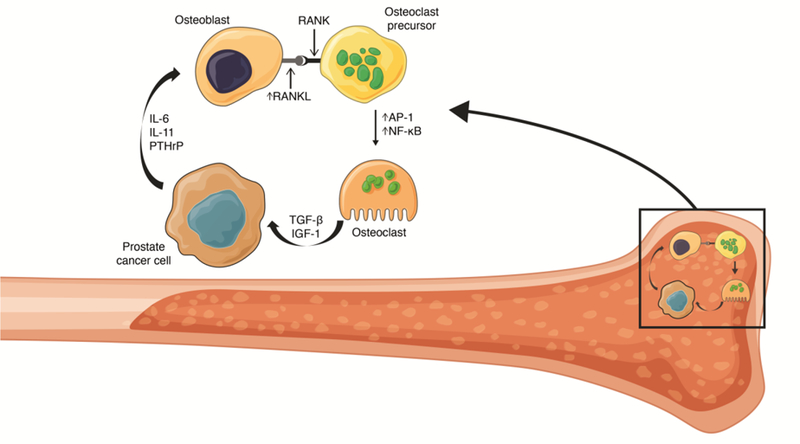Fig 1. Vicious cycle of bone metastases.

Metastatic tumor cells in bone have been shown to secrete a range of proteins including IL-6, IL-11, and PTHrP [26, 27]. This results in increased expression of RANKL on osteoblasts, RANKL can then bind RANK receptors on osteoclasts and osteoclast precursor cells resulting in activation of AP-1 and NF-κB transcription factors [26, 28]. AP-1 and NF-κB activation results in osteoclast differentiation, maturation, fusion, and ultimately increased bone resorption, which releases previously sequestered growth factors such as TGF-β and IGF-1 that stimulate tumor cell proliferation, in turn increasing PTHrP expression, resulting in reinforcement of the ‘vicious cycle’ of bone metastases [23, 26, 28].
AP-1, activator protein 1; IGF-1, insulin-like growth factor 1; IL, interleukin; PTHrP, parathyroid hormone-related protein; RANK, receptor activator of NF-κB; RANKL, receptor activator of NF-κB ligand; TGF-β, transforming growth factor β.
